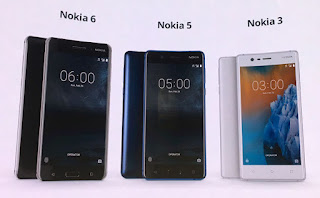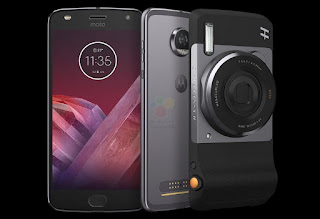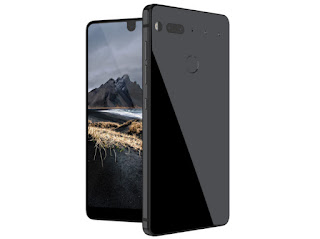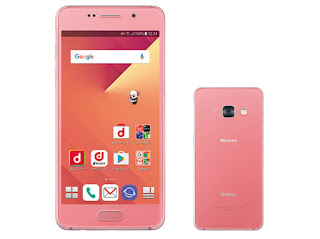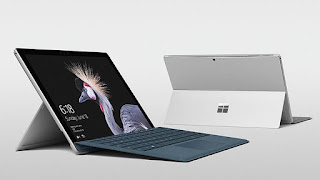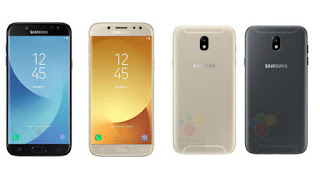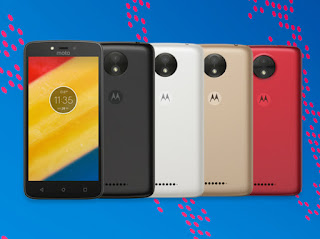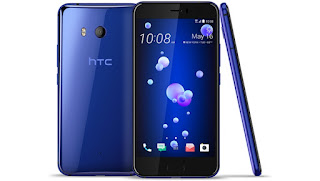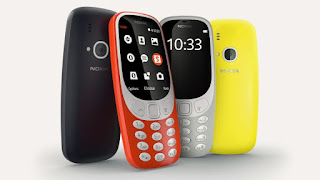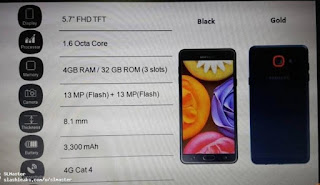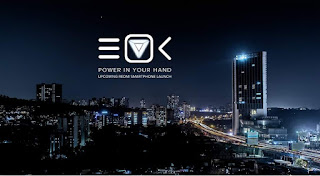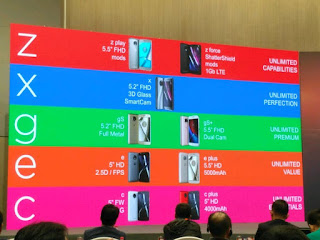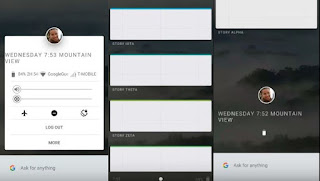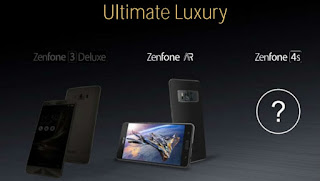Samsung is soon expected to join the bandwagon of companies offering smartphones with dual cameras. While the Galaxy Note 8 is speculated to come with the dual rear cameras, but Samsung may launch a smartphone with dual camera setup a lot earlier. So far, the rumored Galaxy C10 has been believed to be the first such Samsung phone. But if a new leak is to believed, the Samsung Galaxy J7 (2017) could debut with two cameras on the back. The 2017 iteration of the Galaxy J7 is expected to launch very soon, and there could be different variants depending on the market.
This new leak shared on Weibo (spotted by GizmoChina), comes from the same user who posted about the Galaxy C10 featuring a dual camera setup. According to the leak, the plastic case is for the Chinese edition of the Galaxy J7 (2017) with model number SM-7310. The plastic case for the smartphone shows that the dual rear cameras would be placed at the top center and lined vertically.
ALSO READ: Samsung Galaxy J5 (2017), Galaxy J7 (2017) first impression video leaked
Although the dual camera setup cannot be confirmed through this plastic case, the leak alleges that it is indeed for the Galaxy J7 (2017). This is the first time that the Galaxy J7 (2017) has been rumored to feature dual rear cameras, and with a possible launch arriving soon, it may seem unlikely. Moreover, the Galaxy J7 (2017) has been leaked numerous times by reliable sources and not one showed the possibility of a dual camera setup. Only an official launch of the Galaxy J7 (2017) would clear our doubts now.
The Galaxy J7 (2017) could be going through a refreshing design change according to renders leaked by Roland Quandt on Twitter. The smartphone was shown sporting a display with almost no side bezels, and U-shaped antenna bands on its rear chassis. In terms of specifications, past rumors suggest that the Galaxy J7 (2017) could feature a 5.5-inch Full HD display. The smartphone is expected to be powered by in-house Exynos 7870 SoC coupled with Mali-T830 GPU. The Galaxy J7 (2017) could come with 3GB of RAM and 16GB of onboard storage.
ALSO READ: Samsung Galaxy J5 Prime, Galaxy J7 Prime 32GB Storage variants launched in India: Price, Specs and features
There could be another variant of the smartphone with Qualcomm’s Snapdragon 625 SoC and 2GB of RAM. In the photography department, the Galaxy J7 (2017) could sport a 12-megapixel rear and front-facing camera. The smartphone could be fuelled by a 3,600mAh battery and is expected to ship with Android 7.0 Nougat. More information includes a full-metal body and a fingerprint sensor which would be embedded on the Home button.

